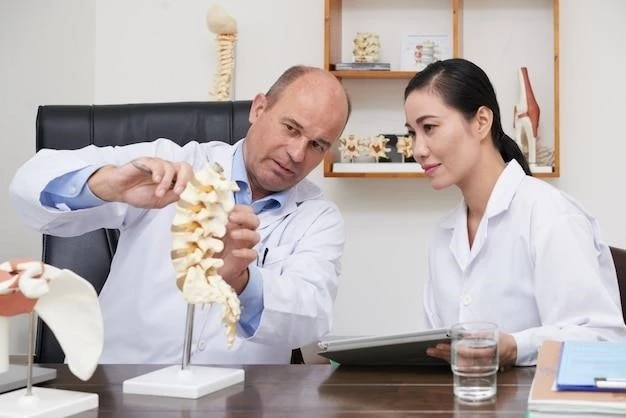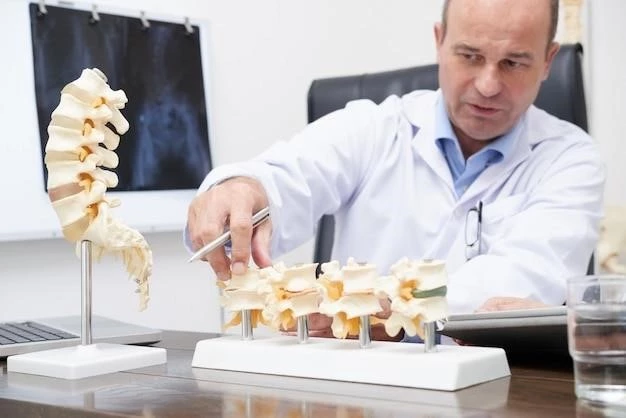Disease ⎼ Hypertrophic Osteoarthropathy (Primary or Idiopathic)
Understanding Hypertrophic Osteoarthropathy involves delving into the underlying genetics of this hereditary condition. Research suggests a link to inflammation in connective tissues, bones, skin, and nail changes, including clubbing.

Understanding Hypertrophic Osteoarthropathy
Hypertrophic Osteoarthropathy (HOA) refers to a rare condition characterized by secondary changes in the bones and tissues of joints and extremities. While there are two forms of HOA, primary (idiopathic) and secondary to underlying diseases, primary HOA lacks an identifiable secondary cause. Understanding the genetics of HOA reveals a hereditary component, suggesting that individuals with a family history of the condition may be at higher risk. Research indicates a potential association between HOA and abnormalities in inflammatory pathways, leading to inflammation in connective tissues, bones, and skin. Nail changes, such as clubbing, are often observed in individuals with HOA. Identifying these underlying factors can aid in the diagnosis and management of this condition.
Symptoms of Hypertrophic Osteoarthropathy
The symptoms of Hypertrophic Osteoarthropathy (HOA) can vary but commonly include pain, swelling, and inflammation in the joints. Individuals may experience bone changes, with thickening and new bone formation seen on imaging studies like X-rays. Skin manifestations such as warmth and erythema over affected joints can also occur. Nail changes, particularly clubbing, where the nails curve excessively and the nail bed becomes spongy, are typical in HOA. If you notice these symptoms, it is essential to seek medical advice promptly for a proper diagnosis and management plan. Blood tests and imaging studies such as X-rays may be necessary to confirm the presence of HOA and rule out other conditions. Early detection can help in implementing appropriate treatment strategies to alleviate symptoms and improve your quality of life.
Diagnosis of Hypertrophic Osteoarthropathy
Diagnosing Hypertrophic Osteoarthropathy (HOA) involves a comprehensive assessment of symptoms and medical history. Your healthcare provider may perform a thorough physical examination to assess joint involvement, swelling, and skin changes, like clubbing. Diagnostic tools such as imaging studies (X-rays) can reveal characteristic bone abnormalities associated with HOA. Blood tests may also be conducted to evaluate for markers of inflammation. In some cases, a biopsy of the affected tissue may be necessary to confirm the diagnosis. It is crucial to work closely with your healthcare team to ensure an accurate diagnosis and appropriate management plan tailored to your individual needs. Early diagnosis can lead to timely intervention and better outcomes in the long run.
Treatment and Management
The treatment and management of Hypertrophic Osteoarthropathy (HOA) aim to alleviate symptoms and improve the quality of life for individuals affected by this condition. While there is no specific cure for HOA, treatment focuses on addressing underlying inflammation and managing symptoms. Nonsteroidal anti-inflammatory drugs (NSAIDs) may be prescribed to help reduce pain and inflammation in the joints. In severe cases, corticosteroids or other immunosuppressive medications may be recommended to control inflammation. Physical therapy and exercise can help improve joint mobility and strength. Additionally, lifestyle modifications such as quitting smoking and maintaining a healthy weight can support overall management. Regular follow-up appointments with your healthcare provider are vital to monitor disease progression and adjust treatment strategies as needed. Collaborating with a multidisciplinary healthcare team can optimize your care and enhance your prognosis.
Prognosis and Quality of Life
The prognosis of individuals with Hypertrophic Osteoarthropathy (HOA) can vary based on the severity of symptoms and response to treatment. While HOA is a chronic condition, proper management can help improve quality of life and minimize complications. Adhering to treatment plans and lifestyle recommendations can significantly impact long-term outcomes. It is essential to have open communication with your healthcare team to address any concerns or changes in your condition promptly. Maintaining a positive outlook and seeking support from loved ones and support groups can also enhance your overall well-being. By actively participating in your care and staying informed about new research findings, you can empower yourself to manage HOA effectively and optimize your quality of life.
Conclusion
In conclusion, Hypertrophic Osteoarthropathy (HOA), whether primary or idiopathic, presents unique challenges that require a multidisciplinary approach to diagnosis and management. Understanding the genetic and inflammatory components of HOA is crucial in guiding personalized treatment strategies. Early detection, coupled with timely intervention and ongoing monitoring, can significantly impact the prognosis and quality of life for individuals living with HOA. By prioritizing proactive healthcare and staying informed about the latest research developments, individuals can navigate HOA with resilience and optimism. Remember, you are not alone in this journey – seek support from healthcare professionals, support groups, and loved ones to navigate the complexities of HOA effectively. Stay informed, stay empowered, and prioritize your well-being.
